|
Programme - Neolithic and Eneolithic period
LJUBLJANSKO BARJE

Presentation of a project
During the transition period between the Pleistocene and Holocene, the Ljubljansko barje region was submerged by a lake which remained there to the mid 2nd millennium BC. In the period from the first half of the 5th millennium to the first half of the 2nd millennium BC the region was settled by pile-dwellers who most probably came to the Ljubljansko barje from the southeast.
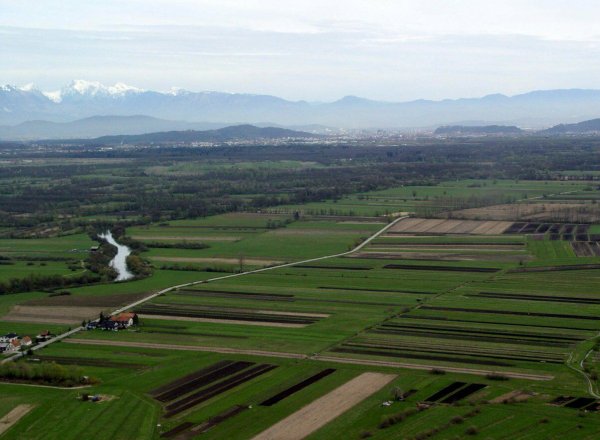
Interdisciplinary research

|
Water-logged conditions are very favourable for the preservation of old organic materials even thousands of years old. The finds from archaeological sites are the most prominent among them. The Ljubljansko barje area is an archaeological El Dorado, which needs to be read and understood. A scientific team of archaeologists, archaeozoologists, archaeobotanists, etc. collaborates together in the research.
|
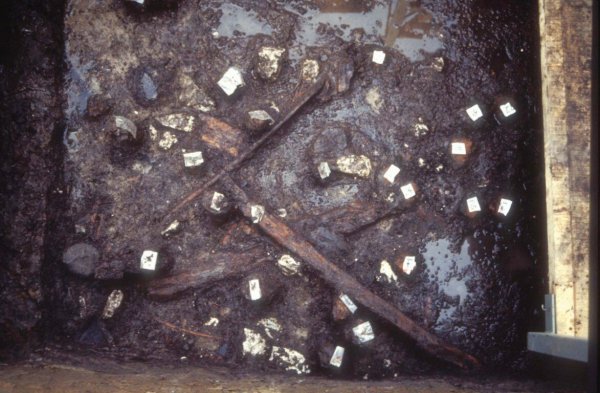
Economic activities
The research has revealed that the pile-dwellers practised agriculture, gathering, hunting, fishing, animal breeding, etc. They knew the secrets of metallurgy. Very decorative ceramics were produced… Voyages across the lake were made using dugouts. The discovery of a wooden wheel and an axle has revealed that the pile-dwellers used the chart at least from the second half of the 4th millennium BC onward.
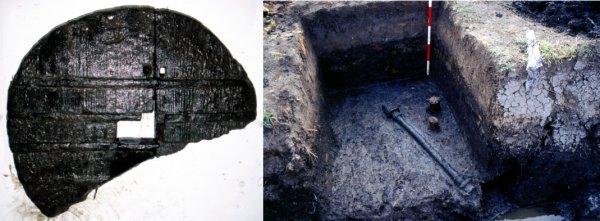

Absolute dating of the settlements
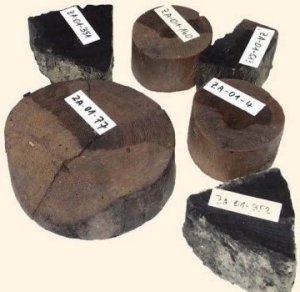
|
The newest investigations of the pile-dwelling settlements have revealed a completely new set of data about the chronology. Introducing dendrochronology, prof. dr. Katarina Čufar created a lot of floating chronologies, which are absolutely dated by the radiocarbon method. Most of the chronologies cover the period during the 4th and 3rd millenniums BC.
|

Settlement dynamics
It has been established that the Ljubljansko barje region was not settled continuously during the pile-dwelling period, some villages were contemporaneous …

Settlement structures
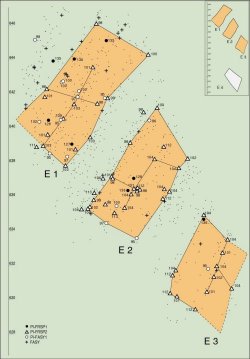
|
It is clear from the settlement ground plan that the society was well organized. The size of the settlements changed through time. The dendrochronological investigation has revealed that the settlement incorporated several single rectangular houses.
|
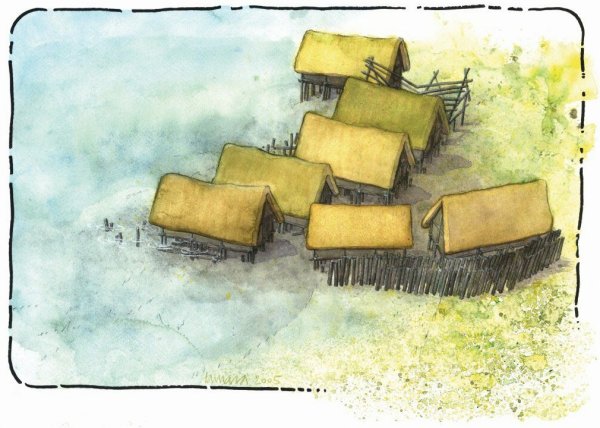
Publications
- A. VELUŠČEK, K. ČUFAR, T. LEVANIČ, Parte-Iščica, arheološke in dendrokronološke raziskave. (Parte-Iščica, archaeological and dendrochronological investigations). - Arheološki vestnik 51, 2000, 83 ss.
- A. VELUŠČEK, K. ČUFAR, Dendrokronološke raziskave kolišč na Ljubljanskem barju - stanje 2001. (Dendrochronological investigation into the pile-dwelling settlements of the Ljubljana Marshes - the situation in 2001). - Arheološki vestnik 53, 2002, 59 ss.
- A. VELUŠČEK, Ein Rad mit Achse aus dem Laibacher Moor. - V/In: J. KÖNIGEN (ur./ed.), Schleife, Schlitten, Rad und Wagen : zur Frage früher Transportmittel nördlich der Alpen, Hemmenhofener Skripte 3, 2002, 38 ss.
- A. VELUŠČEK, Past and present lake-dwelling studies in Slovenia : Ljubljansko barje (the Ljubljana Marsh). - V/In: F. MENOTTI (ur./ed.), Living on the lake in prehistoric Europe : 150 years of lake-dwelling research, 2004, 69 ss.
- A. VELUŠČEK, Kraška planota jugozahodne Slovenije in Ljubljansko barje v neo-eneolitski dobi - primerjalna študija (The Kras Plateau in southwestern Slovenia and the Ljubljansko barje in the Neo-Eneolithic period - a comparative study). - V/In: A. MIHEVC (ur./ed.), Kras: voda in življenje v kamniti pokrajini (Kras: water and life in a rocky landscape), 2005, 199 ss.
- A. VELUŠČEK (ur./ed.), Hočevarica: eneolitsko kolišče na Ljubljanskem barju. (Hočevarica: an eneolithic pile dwelling in the Ljubljansko barje), Opera Instituti archaeologici Sloveniae 8, 2004.
- A. VELUŠČEK (ur./ed.), Resnikov prekop: najstarejša koliščarska naselbina na Ljubljanskem barju (Resnikov prekop: the oldest pile-dwelling settlement in the Ljubljansko barje), Opera Instituti archaeologici Sloveniae 10, 2006.
Contact:
dr. Anton Velušček
<< Programme: prehistory | Top
|
 Institute of Archaeology
Institute of Archaeology









